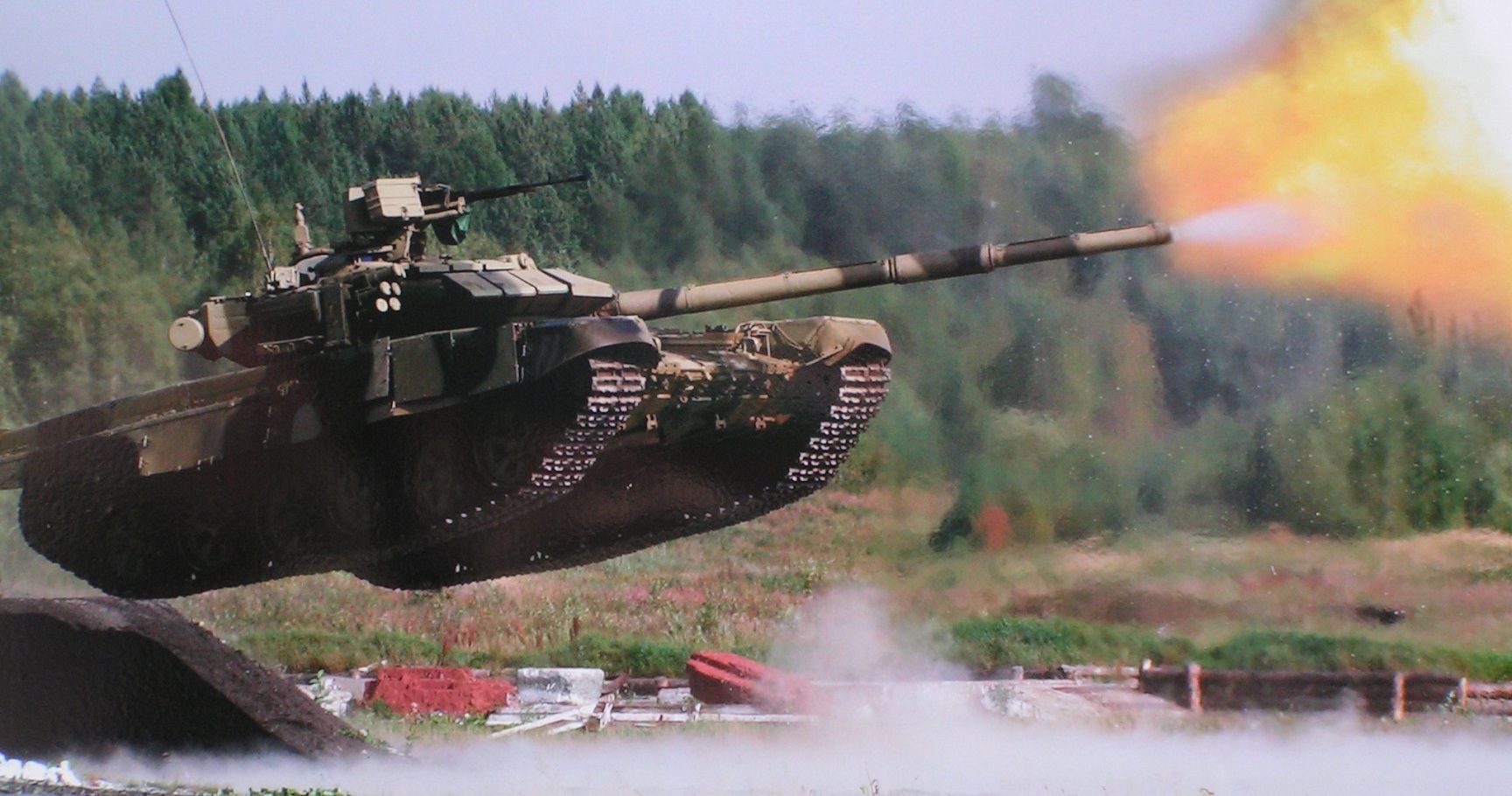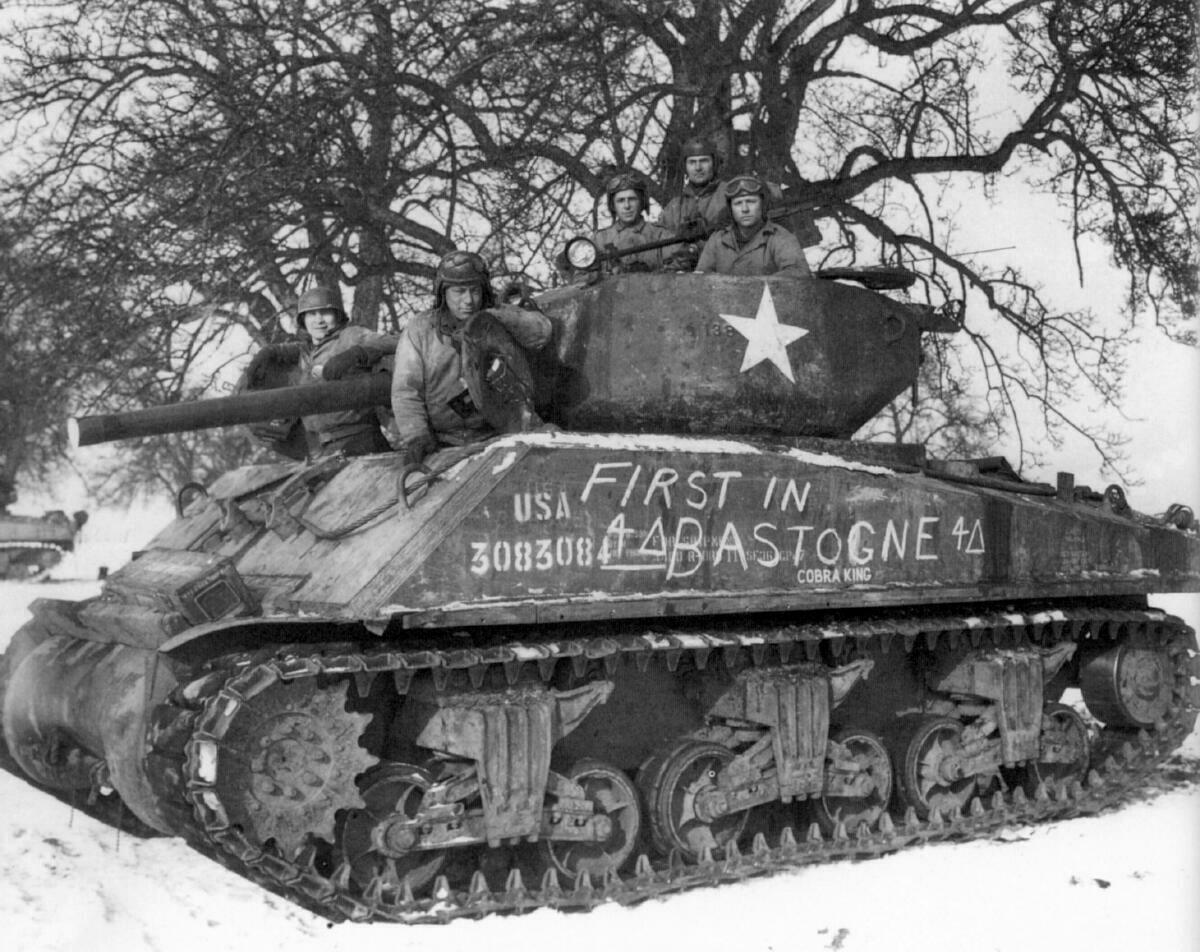

It was prone to mechanical failures and often was immobilized in shell holes or craters, or even on tree stumps. Shaped like a rhombus, it utilized caterpillar tracks that circulated around the entire length of the machine. The Mark I was indeed innovative however, it was also primitive. “And there between them, spewing death, unearthly monsters,” remembered one German soldier. The Male was intended to take on German strongpoints, while the Female battled enemy infantry concentrations.Īt Flers Courcelette, approximately 50 Mark I tanks rolled forward, and the Germans who saw them coming with the British infantry were initially stunned. 303-caliber machine guns in the hull and the Female model which mounted five.

Two main variants of the Mark I were built – the Male with sponson mounted 6-pounder guns and a pair of. The Mark I tank, the first in British production, weighed just over 31 tons, and riveted armor plating protected a crew of eight soldiers in a dark, sweltering cave of a compartment that was routinely permeated with noxious gasoline fumes. Developed under a cloak of secrecy with the explanation that the large iron containers being manufactured were meant to carry water, the nebulously named tank was actually designed to cross No Man’s Land, traverse German trenchlines, penetrate into the enemy’s rear, and break the hellish stalemate on the Western Front. On September 15, 1916, at Flers Courcelette during the Battle of the Somme, one of the bloodiest affairs of World War I, the tank made its combat debut. “My first impression was that they looked ready to topple on their noses, but their tails and the two little wheels at the back held them down and kept them level….”Ĭhaney was witnessing the dawn of a new era in warfare. “We heard strange throbbing noises, and lumbering slowly towards us came three huge mechanical monsters such as we had never seen before,” remembered Bert Chaney, a 19-year-old officer in the Signal Corps of the British Army.


 0 kommentar(er)
0 kommentar(er)
